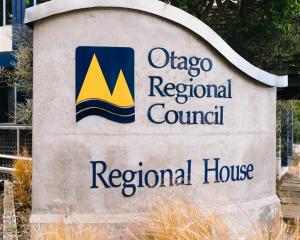Increasing the concentration of 1080 in carrot bait used to control rabbits is one of the measures suggested in a new study on the way aerial baiting is carried out in New Zealand.
The review, by Graham Nugent, of Landcare Research, and scientists at Murdoch University in Australia, found there was considerable potential to improve aerial 1080 baiting practices for controlling rabbits in New Zealand.
The practices for rabbit control using 1080 had changed little since the 1980s, with high sowing rates and low toxin loadings commonplace, he said.
"RHD (rabbit haemorrhagic disease, which was illegally introduced) obviated the need for aerial 1080 for almost a decade."
This contrasted sharply with the improvements made for 1080 poisoning of possums where toxin levels used were higher.
Increasing the concentration of 1080 in carrot bait for rabbits from 0.02%, to the possum level of 0.08 to 0.015% in combination with producing more uniformly sized toxic baits of 4g-6g would be lethal to most rabbits, he said.
"It's already registered for carrot bait for possums and we might not need to go that high."
That should remove the need for high sowing rates and over-baiting, which should in turn reduce the associated cost, but would require a change to Environmental Protection Authority (EPA) registration.
"The total amount used should stay the same or go down."
It should also reduce the risk of bait-shy rabbit populations developing as they did in the 1970s and 1980s.
The review discovered the main reason for the low toxin level in rabbit baiting was concern about the risk to livestock based on Australian work.
However, in New Zealand most landowners de-stocked before poisoning.
"If you take livestock off, the concentration does not matter."
Some of the findings from the review were already being tested and further testing and small-scale field trials were being planned for this winter or next.
The Otago Regional Council had been involved in testing some of the ideas including using bigger screens and new cutting techniques for bait, he said.
Otago Fish and Game general manager Niall Watson said having a study agree that rabbit baiting practices needed reconsideration was positive and reinforced the need for the Otago Regional Council to have a look at the issue.
"The paper echoes our concerns about the quality of bait and fine fractions. While it focuses on aerial bait, the same obviously applies to ground-based application."
It also highlighted the need for contemporary public opinion to be considered rather than relying on traditional practices, he said.
An EPA spokeswoman said any proposed change in use or formulation of a vertebrate toxic agent such as 1080 rabbit baits must be notified to the EPA to be assessed for risks and to see if it was covered by an existing approval.
If not, a modified reassessment would be done to review the risks, benefits and controls for handling or use.
Any change would also require an approval from the Maf agricultural chemicals and veterinary medicines group.
The Otago Regional Council could not be contacted for comment.












